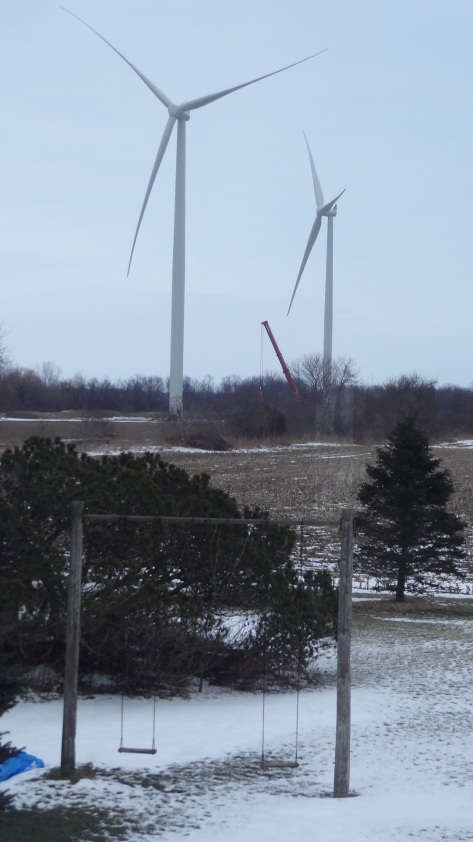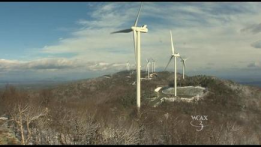by Patti Kellar, published London Free Press in 2012
1. Spend a lifetime believing you were living in a society where democracy was a fundamental right of every citizen.
2. Buy and sell the concept that wind and solar energy sources are free, will save the planet, resolve the energy crisis, create employment and do so all with minimal disruption to the environment.
3. Ignore all evidence globally to the contrary.
4. Read about scandal after scandal; policies developed with out due diligence; politicians making back door deals and shaking hands with the most corrupt business in the world – further contributing to the growing economic crisis.
5. Try not to believe that the people you trusted to govern were creating programs and laws that quietly and effectively destroy democracy, increase energy costs, driving businesses out of the province and branding anyone who questions those changes as selfish, environmentally unfriendly and too stupid to understand the greater good.
6. Start doing your homework, listening to real people’s experiences, and realize that there are enough contradictions in information out there that at the very least, the pause button needs to be hit NOW.
7. Watch people turn into ‘receptors’ , be ignored and bullied while the people paid to govern create more rules, pay lip service to any and all concerns that are being heard in public arenas across the province and continue to develop practices and policies that rip apart families and communities and further contribute to the growing rural /urban divide.
8. Watch the pain in someone you love who realizes that the land that was cleared and settled by their forefathers is about to be irrevocably changed; realizing that all they have worked towards their entire lives will be disseminated and know that should we be unfortunate to be part of the 3 – 30 percentile of people who suffer negative health effects – there is literally no recourse other than to abandon the home we have worked towards all our lives.
9. Wonder how people you have smiled and waved at – who farmed next to you can go for years, watching you work and never mention how their decision to increase their own wealth – will change everything – all the while wondering how you can be called a selfish supporter of fossil fuels because you want to stop what is happening to your life and to the environment which you love. Feel guilt when you realize others have already experienced this loss and you were unaware.
10. Make a conscious choice to remove your head from the sand, move WAY outside of your comfort zone, put up a sign, replace it when someone steals it, start talking to people and have difficult conversations, start writing letters, start attending meetings, start carrying your sign around, stop attending businesses that support wind leases, walk in protests, drive your friends a little crazy (and yourself) and VOILA – someone calls you an activist and to your amazement – that is exactly what you have become.



 In Dutton Dunwich, in a referendum answered by 56 per cent of voting-aged residents, 84 per cent said they didn’t want turbines.
In Dutton Dunwich, in a referendum answered by 56 per cent of voting-aged residents, 84 per cent said they didn’t want turbines.



 Recently the Vermont Senate voted against protecting Vermonters who live near industrial wind turbines.
Recently the Vermont Senate voted against protecting Vermonters who live near industrial wind turbines.


